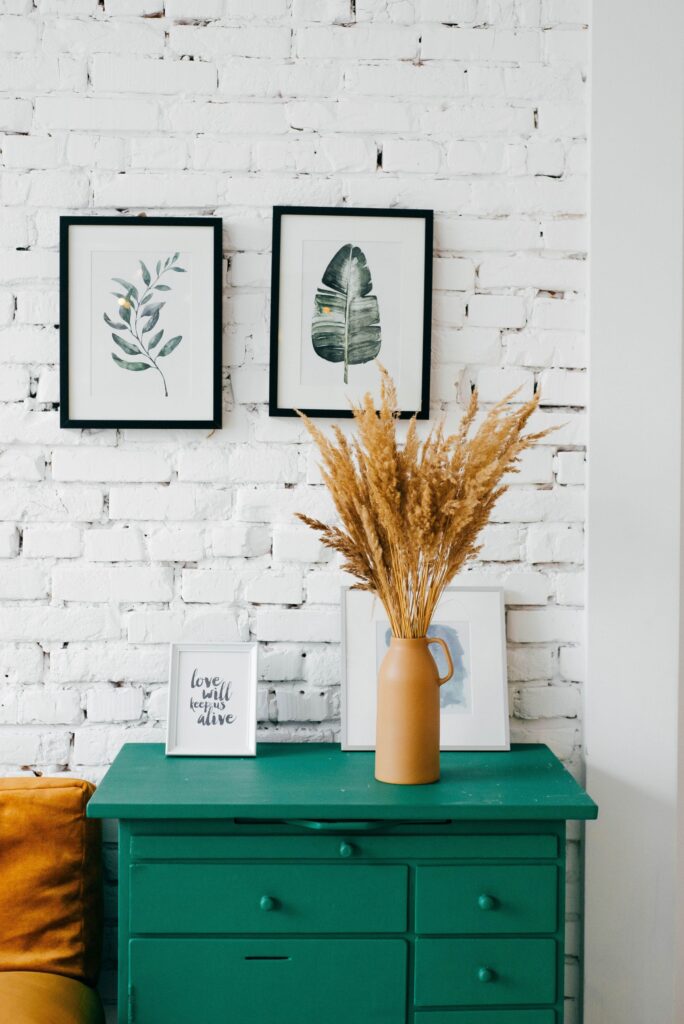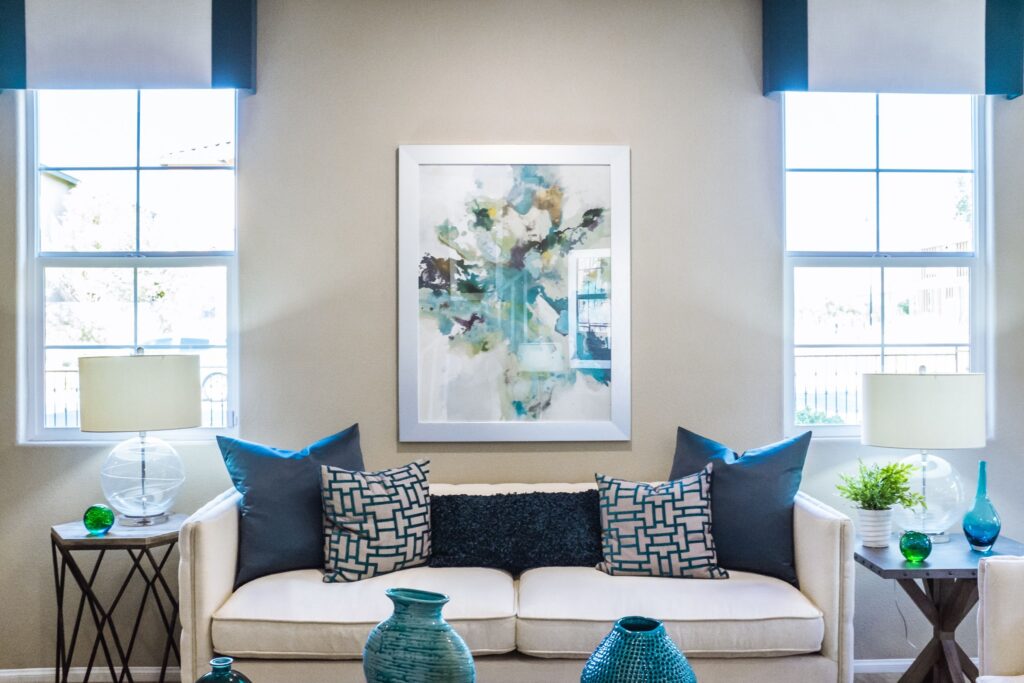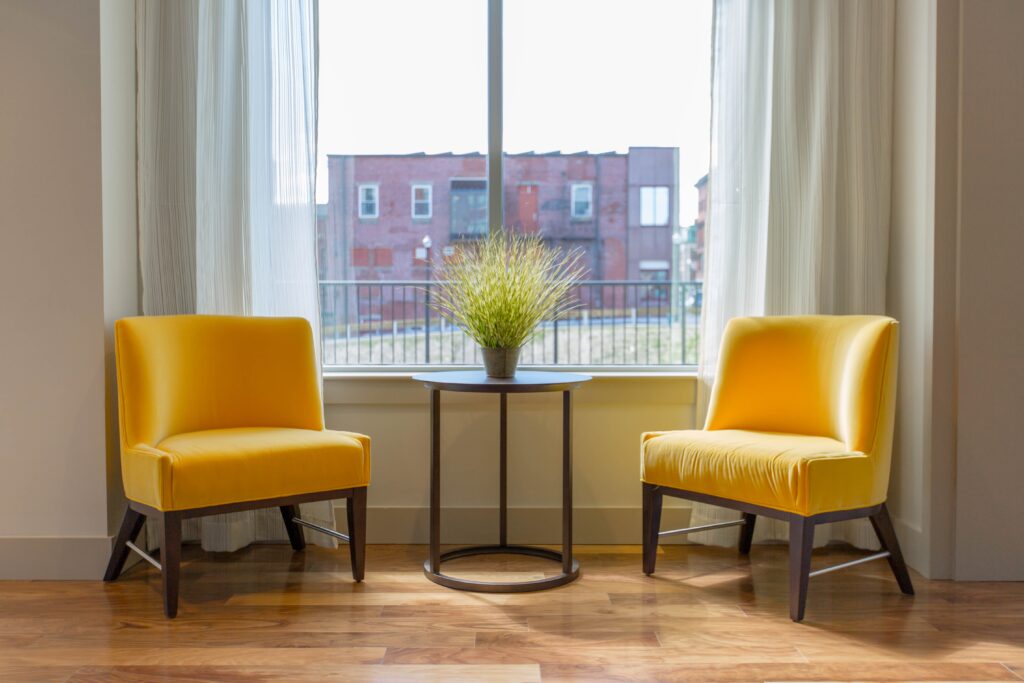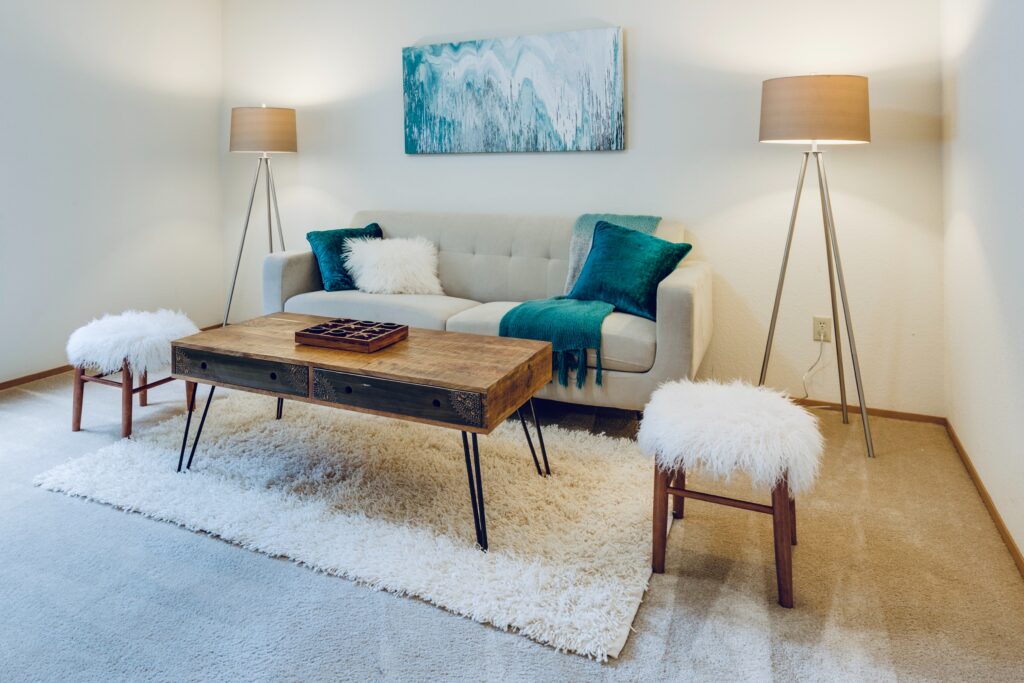If a seller accepted your offer, congratulations! You are one step closer to owning a home or property. What happens now can vary, but I’ll cover the different scenarios below. In this blog, we’ll cover the two most common scenarios and in our next blog post, we’ll cover the scenarios if you or the seller wants to back out.
Scenario 1: You Sign the Purchase Agreement
This scenario is the most natural progression after an offer is accepted. Signing the purchase agreement means the property is under contract since the agreement has been accepted in writing and signed by both parties. It will include the following information:
- Identification of participating parties (buyer and seller)
- Legal description of the property
- Financial details
- Purchase price
- Buyer financing
- Earnest money deposit amount
- Closing costs and how it will be split between buyer and seller
- Condition/specifics of the sale
- Contingencies
- Items conveyed in the sale (appliances, fixtures, etc.)
- Timeline
- Contingency time frame
- Offer expiration date
- Closing date
- Condition of the home
- Property disclosures
- Relevant seller concessions, repairs, or credits
After the purchase agreement is signed and the earnest money is deposited, you now have the legal right to purchase the property. The signing and returning of the purchase agreement with the buyer’s earnest money deposit is the process of moving the sale into escrow.
Scenario 2: The Seller Wants to Negotiate
The seller might like your offer but can still negotiate some terms, so it’s in the seller’s favor. The seller can negotiate by submitting a counteroffer. This is why having a good buying agent is crucial, as they are the key to helping you navigate the negotiation process and helping get both parties what they want. Negotiations can include:
- Increasing the purchase price or down payment
- Removing/editing contingencies
- Adjusting the length of closing schedule
- Modify seller concessions/contingencies
- Seller repairs or credits
- Excluding certain items from the sale
- Property transfer deadline, also called the seller move out date
Once both parties find terms agreeable to them, a purchase agreement will be drafted for both to sign. Then the buyer can move forward with purchasing the property.
If you need help navigating this fast-paced seller’s market, contact me today! I’d love to help you find the home of your dreams this year. Reach out to TALK Property Management–we are here to help: (512) 721-1094 or dbrown@talkpropertymanagement.com.









